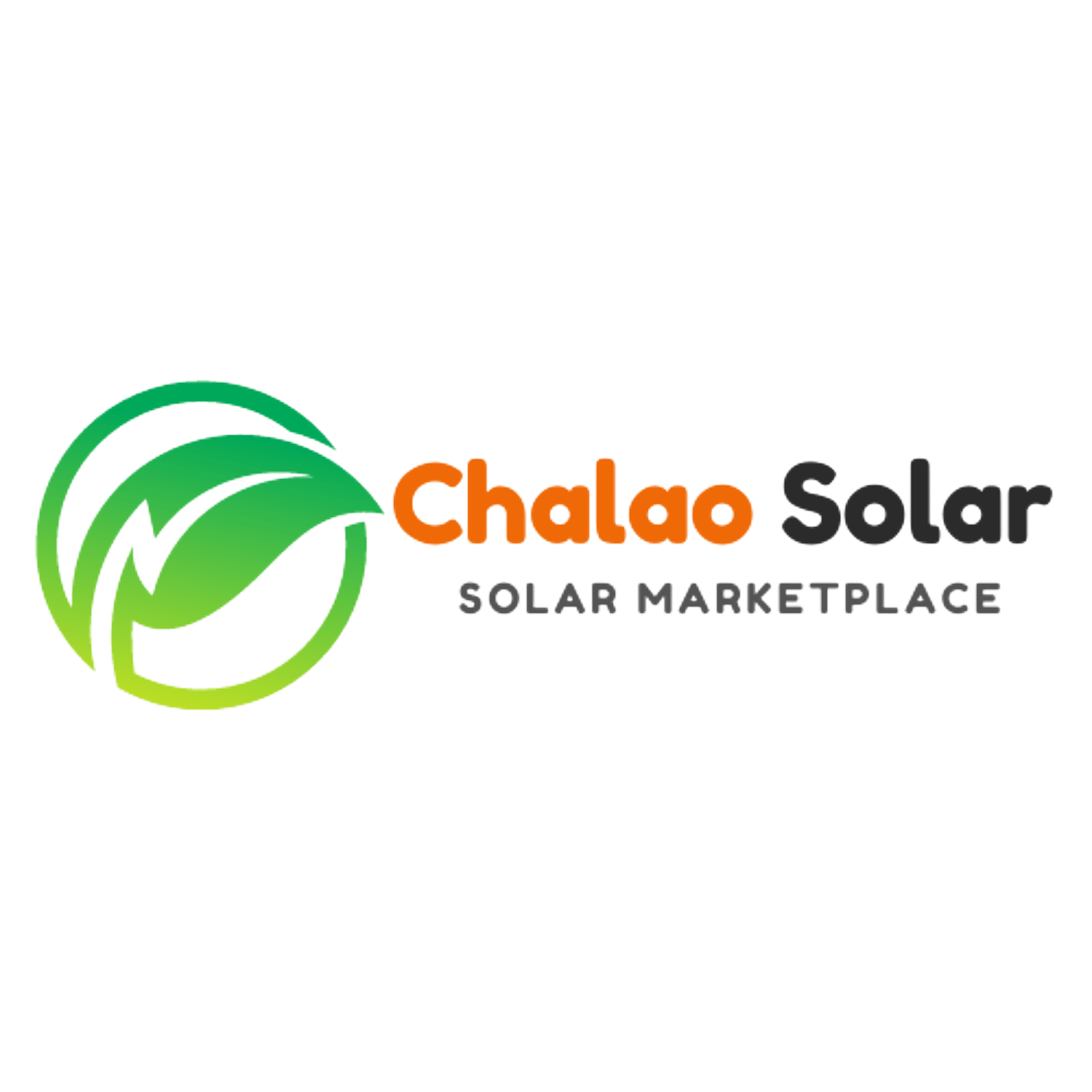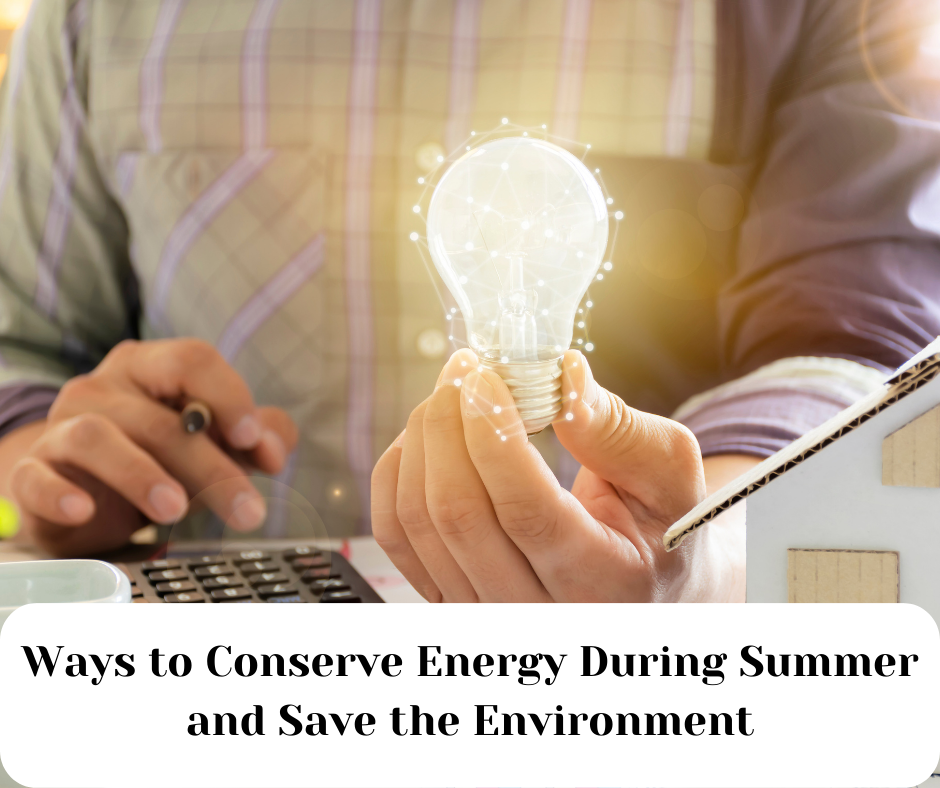Introduction
The longer days and warm weather of summer sometimes result in higher energy usage as people use air conditioning and other appliances to stay cool. Finding strategies or best ways to conserve energy during the summer is essential due to growing worries about climate change and the need to lessen our carbon impact.

Ways to Conserve Energy During Summer
The greatest and most efficient ways to conserve energy during the summer and encourage sustainable living will be discussed in this post.
1. Optimize Your Air Conditioning Usage
Carefully adjust the thermostat
Setting your thermostat higher during the summer while you are away or asleep can help you save a lot of electricity. Just a few degrees of temperature adjustment can result in significant energy cost reductions.
Take Advantage of Fans
Include fans in your cooling plan since they can effectively circulate air and reduce your body temperature while using less energy than an air conditioner. Particularly fantastic complements to any room are ceiling fans.
2. Harness the Power of Natural Ventilation
Strategic Window Opening
Use the cooler evenings and nights to your advantage by opening windows to let the natural breeze in. Your living space can be cooled down without exclusive reliance on mechanical cooling by using cross-ventilation.
Use Window Treatments
During the hottest times of the day, use blinds and drapes to filter away the sun’s heat. The quantity of heat that enters your home can be dramatically decreased with this straightforward action.

3. Energy-Efficient Appliances
Select appliances that are Energy Star certified
Choose new appliances with the Energy Star designation whenever you can. These appliances can help you save money over time because they are made to use less energy.
Disconnect Electronic Devices When Not in Use
Even while they are off, many electrical devices use standby power. Device unplugging or the use of intelligent power strips can stop this “phantom” energy consumption.

4. Reduce Heat Generation
Outdoor Grills
Your home’s temperature may rise if you use the stove or oven inside. Try cooking outside as an alternative to maintaining a cooler interior climate.
Options for Efficient Lighting
Conventional incandescent light bulbs produce a lot of heat. Use LED bulbs instead, which not only use less energy but also produce less heat.
5. Landscaping and Outdoor Considerations
Plant trees for shade
By carefully placing trees around your home, you may provide natural shade that will cut down on the amount of air conditioning you require.
Provide Cover for Your HVAC System
Your outdoor HVAC system can operate more efficiently and use less energy if it is shaded. Make sure the ventilation is not restricted, though.

6. Opt for Renewable Energy Sources
Purchase solar panels.
Your home can be powered by the sun’s energy using solar panels. Even while the initial investment may be large, it may result in significant long-term energy savings.
Join Community Solar Programs
If you can’t afford to install solar panels on your home, think about taking part in community solar programs that let you use solar energy without having panels on your property.
7. Energy-Efficient Landscaping
Use Drought-Resistant Plants
Incorporate drought-resistant plants in your garden, which require less water and maintenance.
Mulch Your Garden Beds
Mulching can help retain soil moisture, reducing the frequency of watering during hot summer months.
Conclusion
Conserving energy during the summer is not only beneficial for your wallet but also for the environment. By following the tips outlined in this article, you can play an active role in reducing energy consumption and promoting sustainable practices. Remember, even small changes can make a significant impact when adopted by many.
FAQs
How much can I save on my energy bill by using fans instead of air conditioning?
The amount of savings varies depending on several factors, but using fans can typically reduce your cooling costs by around 20-30%.
Can I use a programmable thermostat to optimize my air conditioning usage?
Yes, a programmable thermostat allows you to set specific temperature schedules to save energy when you’re not at home or during the night.
Are Energy Star appliances more expensive than regular ones?
While Energy Star appliances might have a slightly higher upfront cost, their energy-saving benefits will result in long-term savings on your energy bills.
Do solar panels work on cloudy days?
Yes, solar panels can still generate electricity on cloudy days, although their efficiency may be slightly reduced.
Can I participate in community solar programs if I rent my home?
Yes, community solar programs are often open to both homeowners and renters, providing options for everyone to access renewable energy.










